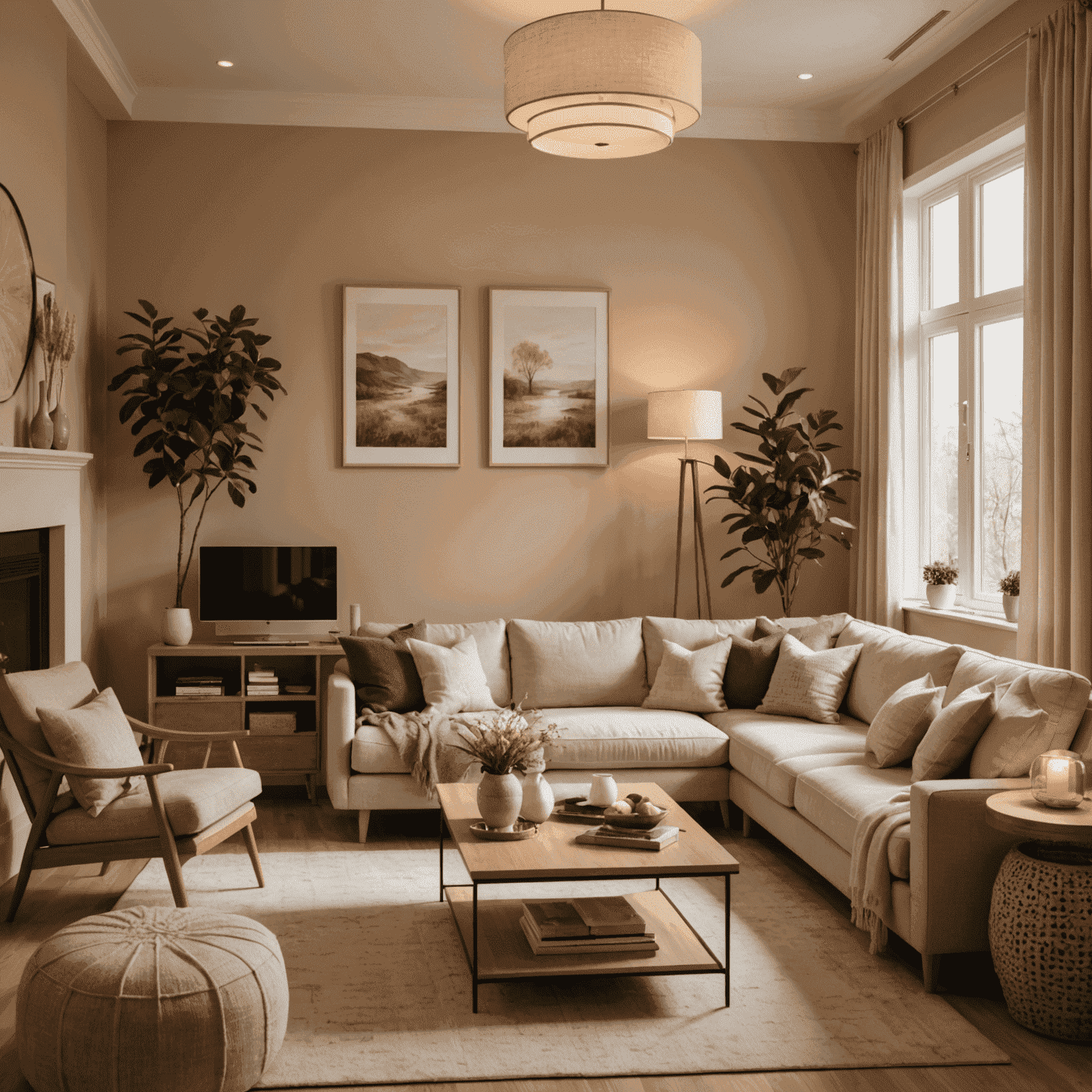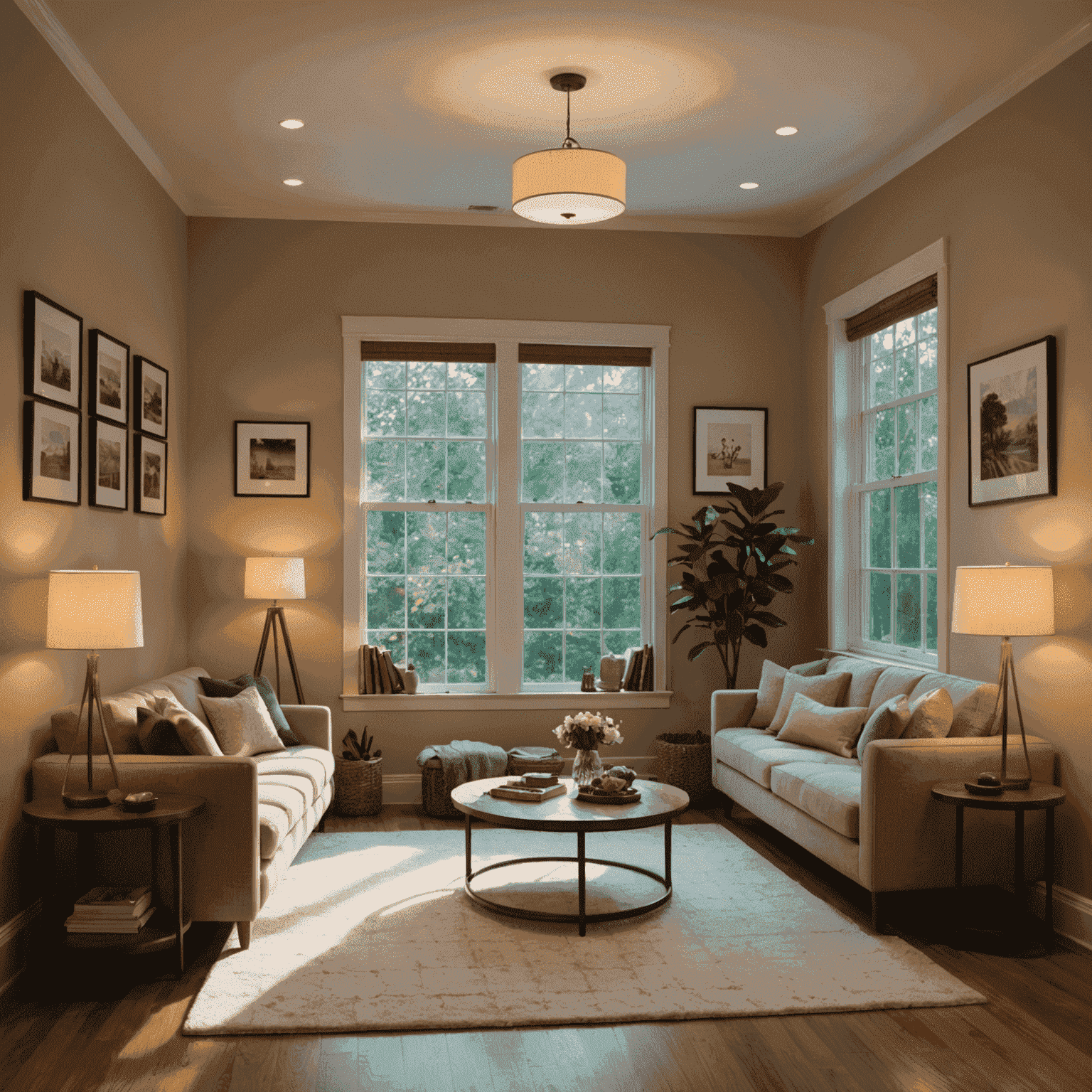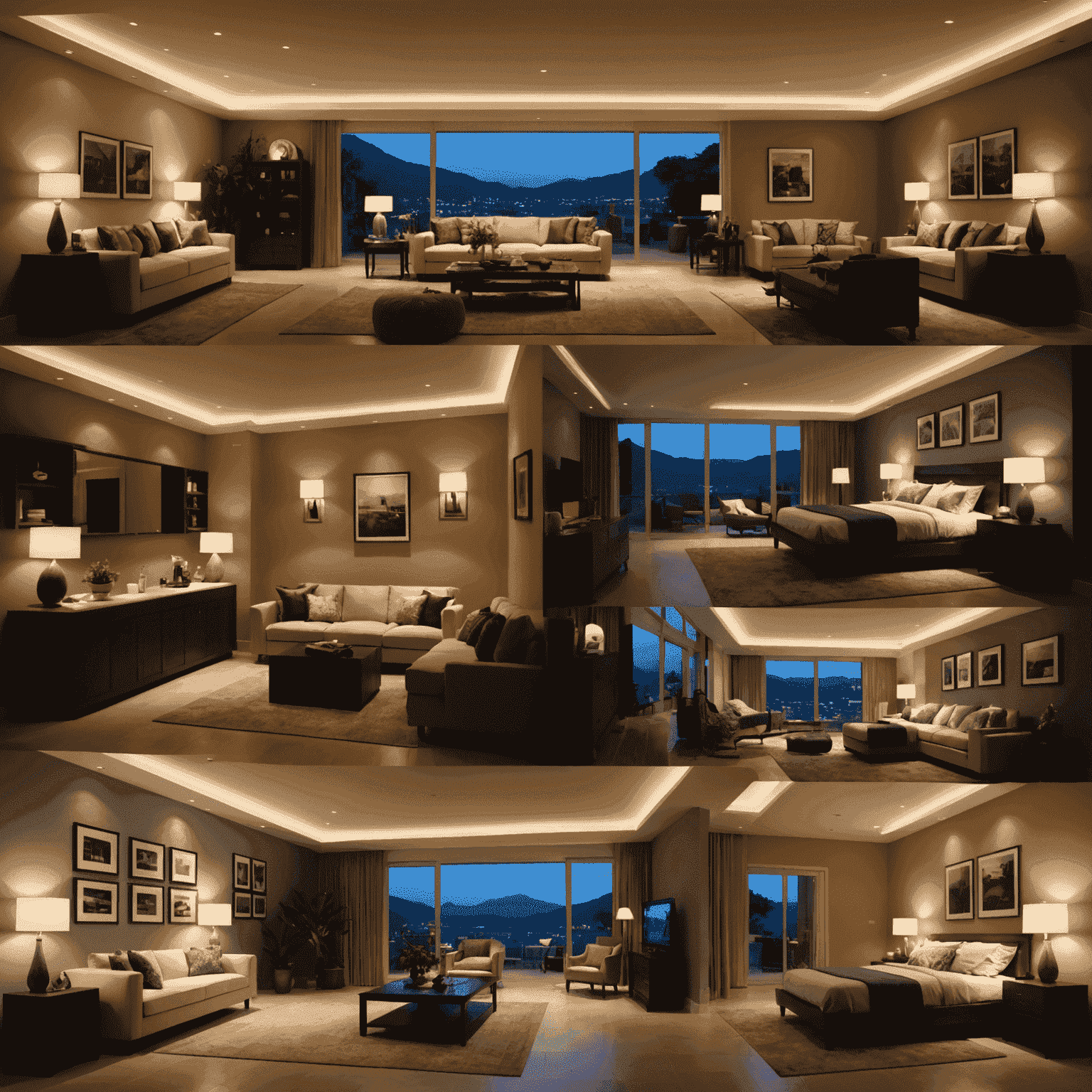Coat Care Guide: Keeping Your Outerwear Pristine
Your coat is more than just a piece of outerwear; it's an investment in style and comfort. Follow our expert tips to ensure your coats remain in top condition season after season.
Cleaning Different Coat Materials

Wool Coats
- Brush regularly with a soft-bristled brush to remove dirt and debris
- Spot clean with a damp cloth and mild detergent
- Dry clean once a season or as needed
- Use a fabric shaver to remove pilling

Leather Jackets
- Wipe down with a slightly damp cloth after each wear
- Condition every few months to prevent drying and cracking
- Use a leather cleaner for stubborn stains
- Avoid direct heat when drying
Proper Storage Techniques
Proper storage is crucial for maintaining the shape and quality of your coats. Here are some tips:
- Use wide, padded hangers to maintain shoulder shape
- Button or zip up coats before hanging to preserve structure
- Store in a cool, dry place away from direct sunlight
- Use breathable garment bags for long-term storage
- Add cedar blocks or lavender sachets to deter moths and keep coats fresh

Seasonal Maintenance Tips
Before Storage
- Clean thoroughly before storing for the off-season
- Repair any loose buttons or small tears
- Use a fabric freshener spray
Start of Season Care
- Air out coats before wearing
- Refresh with a gentle steaming
- Check for any needed repairs or alterations
Extending Coat Lifespan

To ensure your outerwear stands the test of time:
- Rotate your coats to prevent overuse of a single item
- Address stains and damage promptly
- Invest in quality pieces that are built to last
- Consider weatherproofing treatments for applicable materials
- Follow care labels meticulously
Professional Care
While many aspects of coat care can be done at home, sometimes professional help is necessary:
- Seek professional dry cleaning for delicate materials or heavily soiled coats
- Consult a leather specialist for complex leather jacket issues
- Consider professional alterations to refresh the fit and extend wear
Pro Tip:
Create a coat care calendar to remind yourself of regular maintenance tasks. This will help you stay on top of cleaning, storage, and seasonal care routines, ensuring your outerwear remains in pristine condition year after year.
